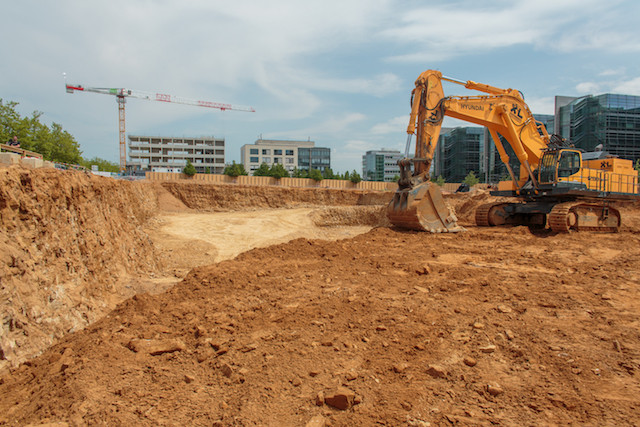Speaking at a press conference on Thursday, Sam Tanson (Déi Gréng) explained that on average some 2,900 homes per year were being built. While it marks an improvement on recent years, the supply is still well below demand. Statec estimates that Luxembourg would need to construct 6,500 units per year from 2010 to 2030 to keep up with demand and stabilise house prices.
On a positive note, the reclassification of potential plots in urban areas for construction has freed up more land for construction. Data from the research outfit Liser shows there are some 2,846 hectares of land available for housing, with the potential for building between 50,000 and 80,000 homes. But, there remain further challenges in ensuring these housing developments are carried out, namely the rising cost of plots and convincing landowners to sell.
On the former, the cost of plots ranges from €25,000 per are in northern areas to €200,000/are and above in Luxembourg City.
If the sale price of housing rose on average 4.5% per year since 2010, the sale of land rose by between 5.2% and 6.1% per year over the same period, providing a further challenge if Luxembourg wants to create more affordable housing. “The increase in cost of construction land therefore grew at a faster pace than that of existing constructed land,” the Luxembourg Institute of Socio-Economic Research wrote in one of a series of reports produced for the conference.
Government solutions
Tanson said the country needed “innovative approaches to neutralise the cost of land”. One proposal is the long-term lease, where buyers own their home for a given number of years. Tanson suggested the country could introduce measures to “empower land owners” to sell land for construction. In 2016, 15,907 private individuals owned 72.5% of the total potential construction land, compared to 14.9% held by private companies and 11% held by the state, municipalities and public developers. Tanson talked about taxing unused construction land, a measure which has been discussed for many years but has yet to be made compulsory. She said the housing ministry was also working on a reform of housing assistance.
Another solution could be found in increasing the density of housing on land under construction. In new construction the average density rose from 32.2 units per hectare (2004-2010) to 38.7 (2010 to 2016), equivalent to 2.6 ares per unit. The density was even higher in larger urban areas such as Luxembourg City, Bertrange, Strassen and the south where average size of homes was fewer than 2 ares.
Tanson concluded that the ministry needed to better identify housing needs by region and housing type to better guide government policy. What is more, she said: “Increased density must be combined with an improved quality of life in terms of access to natural relaxation areas and local services.”
